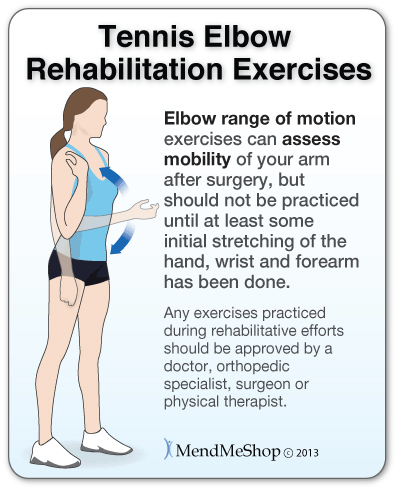
This will assist in a more direct approach to your problem and a speedier recovery. You will need to have a thorough examination by a physiotherapist to determine if you have any referred pain from your neck and shoulder or if your elbow pain is isolated. This can either mimic symptoms of tennis elbow, or most commonly there is a combination of elbow and neck, shoulder or thoracic spine issues. In fact it is just as common in people who repetitively overuse their forearm muscles such as office workers or tradespeople.Ī huge contributing factor to this condition which can be easily forgotten is referred pain from the neck or shoulder. Predictably, it is more common in your dominant arm but can affect both. The biggest misconception about this type of elbow pain is you don’t have to be a tennis player to get this condition. This type of problem can occur at any age, but is most common between the ages of 35 and 50. Ongoing management and prevention of tennis elbow. Through rest alone, your recovery will be very slow.Ĥ. It’s also important to point out that recovery from tennis elbow requires a proactive approach involving diagnosis, treatment and strengthening. Many who have suffered from tennis elbow, actually do not play tennis.


Ironically, you also don’t need to be a tennis player to get tennis elbow.

The most common kind of elbow pain is a condition known as lateral epicondylalgia – or tennis elbow. Could you be suffering from tennis elbow and not realise it?


 0 kommentar(er)
0 kommentar(er)
